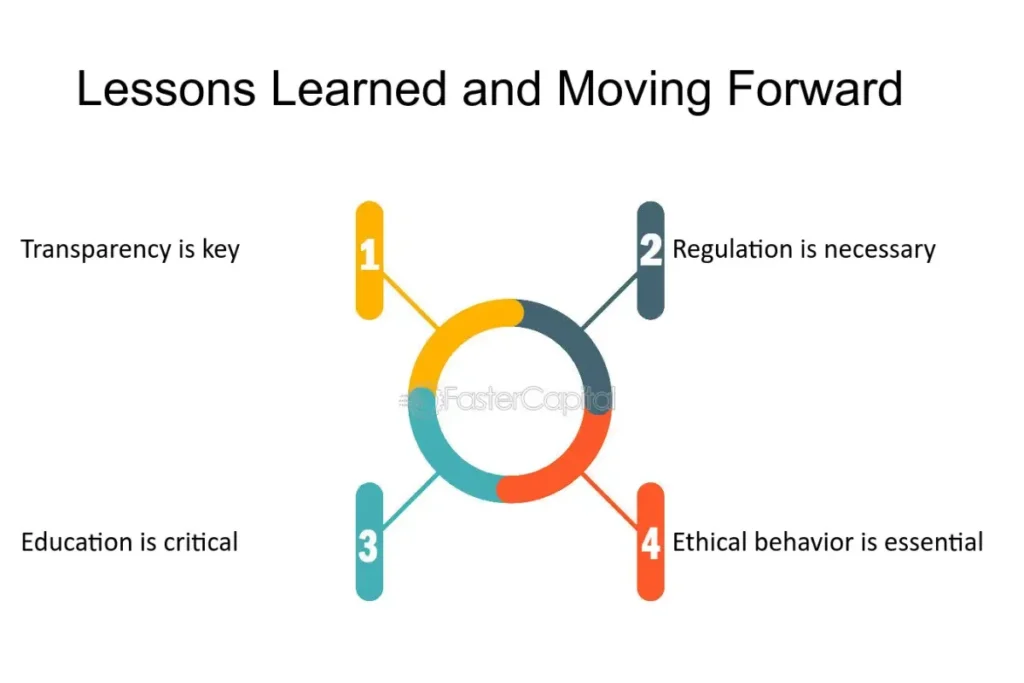In the realm of weather forecasting, certain days stand out as pivotal moments when the elements align to create a potentially dangerous scenario.
Saturday, April 27th, was one such day, marked by a convergence of atmospheric conditions that posed dual threats of flooding rains and severe weather.
As meteorologists and concerned citizens turned to Joe’s Blog for insights and updates, the platform played a critical role in disseminating information and guiding individuals through the complexities of the forecast.
This article delves into Joe’s Blog’s coverage of the April 27th weather event, exploring the intricacies of the forecast, the factors driving the weather pattern, and the implications for those in the affected areas.
Setting the Stage: The Meteorological Landscape
As the week leading up to April 27th unfolded, meteorologists began to monitor a potent weather system brewing over the region.
A combination of factors, including a stalled frontal boundary, ample moisture influx from the Gulf of Mexico, and an approaching upper-level disturbance, set the stage for a dynamic and potentially hazardous weather event.
Joe’s Blog provided comprehensive analysis of these meteorological dynamics, breaking down the atmospheric mechanisms driving the forecasted conditions.
From the interaction of warm, moist air masses with the frontal boundary to the role of wind shear in fostering severe thunderstorm development, Joe’s Blog offered readers a detailed understanding of the evolving weather pattern.
The Forecast: A Dual Threat Emerges
As Saturday dawned, Joe’s Blog wasted no time in conveying the gravity of the situation.
The forecast called for widespread rainfall, with some areas expected to receive several inches of precipitation over a relatively short period.
This raised concerns for flash flooding, particularly in low-lying and urban areas with inadequate drainage infrastructure.
In addition to the flood risk, Joe’s Blog highlighted the potential for severe thunderstorms to develop later in the day.
The collision of air masses along the frontal boundary, coupled with increasing instability and wind shear, created an environment conducive to the formation of strong to severe storms capable of producing damaging winds, large hail, and even tornadoes.
Real-Time Updates: Keeping the Public Informed
Throughout the day, Joe’s Blog provided real-time updates, ensuring that readers remained informed of the latest developments and any changes to the forecast.
Interactive radar imagery, storm tracking tools, and satellite loops allowed individuals to visualize the progression of the weather system and anticipate its impact on their area.
Crucially, Joe’s Blog also emphasized the importance of preparedness and safety measures, urging residents to stay weather-aware, have a plan in place, and heed any warnings issued by local authorities.
This proactive approach empowered individuals and communities to take appropriate action in the face of imminent weather threats.
Impacts and Response: Navigating the Storm

As the day unfolded, the forecasted impacts began to materialize.
Widespread rainfall inundated streets, overwhelmed drainage systems, and triggered flash flooding in vulnerable areas.
Reports of stranded motorists, flooded homes, and water rescues underscored the severity of the situation.
Meanwhile, severe thunderstorms erupted in parts of the region, unleashing damaging winds, large hail, and intense lightning.
Tornado warnings prompted residents to seek shelter as rotating supercells swept across the landscape, leaving a trail of destruction in their wake.
Despite the challenges, the coordinated response of emergency services, local authorities, and community members helped mitigate the impact of the weather event.
Swift action, effective communication, and a spirit of resilience proved instrumental in navigating the storm and ensuring the safety and well-being of those affected.
Lessons Learned: Moving Forward with Resilience

As the weather system gradually moved away and conditions began to improve, Joe’s Blog reflected on the lessons learned from the April 27th event.
The importance of accurate forecasting, timely communication, and proactive preparedness emerged as key takeaways, underscoring the need for continued investment in weather monitoring and response capabilities.
Looking ahead, Joe’s Blog emphasized the ongoing nature of weather hazards and the need for sustained vigilance in the face of future threats.
By remaining weather-aware, staying informed, and working together as a community, we can better adapt to the challenges posed by our ever-changing climate and build a more resilient society capable of weathering any storm.
Conclusion
The April 27th weather event served as a poignant reminder of the unpredictability and potential danger inherent in atmospheric phenomena.
Through the insightful analysis and real-time updates provided by Joe’s Blog, the public was empowered to make informed decisions and take appropriate action in response to evolving weather threats.
As we reflect on the events of that day and look to the future, let us remember the importance of preparedness, resilience, and community solidarity in the face of adversity.
By working together and remaining vigilant, we can weather any storm that comes our way and emerge stronger and more resilient than before.